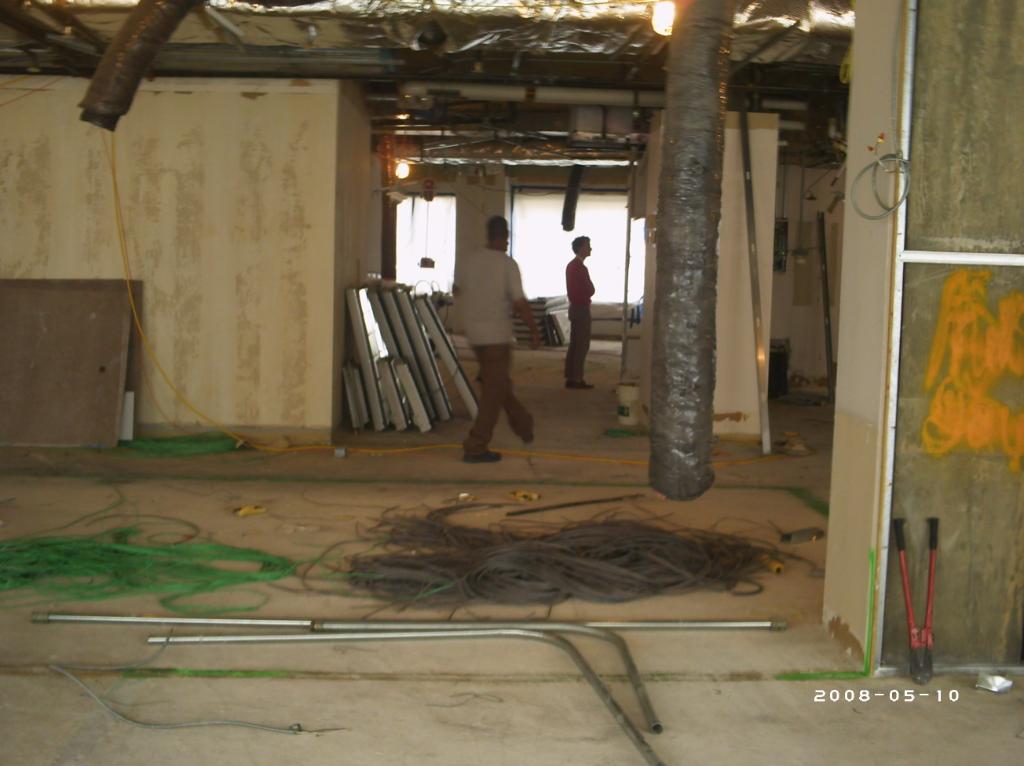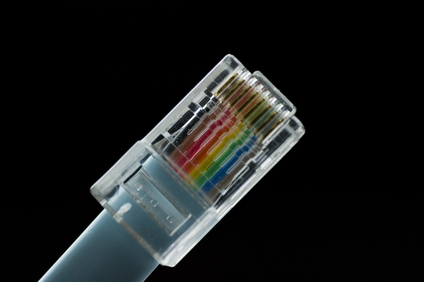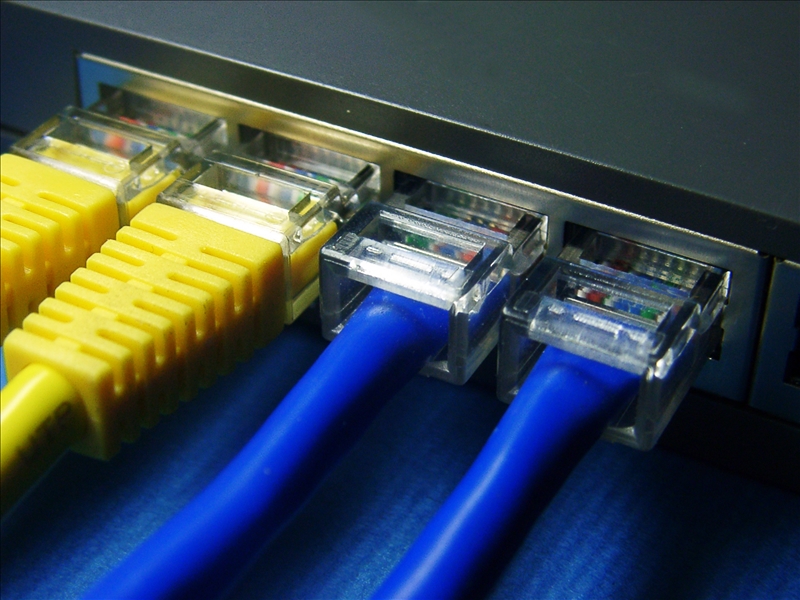
Is Wired or Wireless Best for Your Business? – Part 2
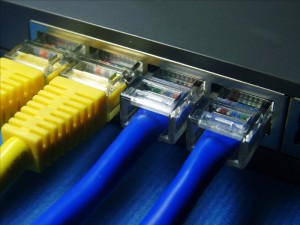 As discussed in Part 1, many users no longer think wired Internet connections are necessary because WiFi has become so commonplace in everyday use. However, hard-wired connections do have advantages for businesses that should not be overlooked. Part 2 will discuss Wireless Advantages and Considerations.
As discussed in Part 1, many users no longer think wired Internet connections are necessary because WiFi has become so commonplace in everyday use. However, hard-wired connections do have advantages for businesses that should not be overlooked. Part 2 will discuss Wireless Advantages and Considerations.
Wireless Advantages
Typically, wireless Internet connections will likely be adequate for the majority of tasks at a workplace. Lots of employees like wireless primarily because of its convenience and mobility, thinking the advantages from a hard-wired connection are not worth the trouble of attaching an Ethernet cable. In addition, advancements in WiFi technology are gradually gaining on . Even though an organization may not require Ethernet’s advantages in speed, low-latency, stability, and security, it should reconsider before going completely wireless.
Wireless Considerations
Make sure that the new WiFi equipment that your company buys features the newest 802.11 AC Wave 2 standard. It will be crucial for the future because it can support several users and handle multiple inputs and outputs (MU-MIMO).
Another benefit of 802.11 AC Wave 2 is that it gives WiFi equipment the capability of supporting multiple inbound and outbound streams. Thus, a company’s WiFi will be able to receive and broadcast data at the same time. As a result, audio and video streaming performance is improved.
The 802.11 AC Wave 2 standard will also allow your organization to implement future technological advancements. The latest devices from Apple can support MIMO over 5Ghz bandwidth, and this will eventually become the industry standard in the near future.
Conclusion
Obviously, an office can have both Ethernet and WiFi. Certain types of organizations require a hard-wired network to handle very large files, and they will also need to provide WiFi for guests, conference rooms, and outdoor areas. Always remember that Ethernet will provide better performance than WiFi for companies that need to process a great volume of data. At the same time, businesses should take advantage of advances in WiFi technology.
Progressive Office Cabling
Founded in 1986, Progressive Office’s success has been a direct result of years of commitment to seeking solutions on behalf of our clients in the Washington, D.C. and New York City areas. Efficiently working together, Progressive teams get cabling installed and operating as fast as possible while minimizing disruption and downtime. Call our toll free number (800) 614-4560 today.

The Principles of Network Design – Part 3
 As discussed in Part 2, Top-Down Logic is used for the process of Preparation, Planning, Design, Implementation, Operation, and Optimization (PPDIOO). In addition, network designers must determine the Scope of Design prior to the collection of data and planning. Part 3 will cover Business Requirements, Continuity, and Elasticity.
As discussed in Part 2, Top-Down Logic is used for the process of Preparation, Planning, Design, Implementation, Operation, and Optimization (PPDIOO). In addition, network designers must determine the Scope of Design prior to the collection of data and planning. Part 3 will cover Business Requirements, Continuity, and Elasticity.
Requirements
Figuring out what an organization needs requires having an understanding of its current objectives, mission statement, and future plans. Knowledge of these should guide the business-driven aspects of the network design. Using a top-down approach, a business’s goals, drivers, requirements, continuity, and strategy will determine its business applications, technical and functional requirements, and network infrastructure solutions.
Continuity
Business continuity is a company’s ability to continue doing business after a system outage caused by a man-made or natural disaster that has damaged a data center. An organization needs a disaster recovery plan to develop its resiliency in the face of such disasters. Various parts of its network may need to be more resilient due to regulatory compliance.
Elasticity
Elasticity is an organization’s level of flexibility when responding to business developments. This typically refers to a change in business objectives or conditions, including growth, recession, merger, acquisition, etc. Therefore, a company’s network design must have adequate flexibility in order to fulfill its business requirements and strategic goals. A designer’s comprehension of the overall trends of the organization’s business sector will provide valuable guidance in the design’s features that provide flexibility.
The design of a network must give an organization the flexibility that will allow it to perform integrations with other networks. This will usually be required when mergers and acquisitions take place. It is important to note that during a merger or acquisition, the network may undergo considerable growth during a very brief period. In such circumstances, the most daunting challenge for network designers is having to handle the various design principles, conflicting control plane protocols, and overlaps in IP address spaces of the networks being integrated.
Part 4 will cover “How IT Enables Business Innovation.”
Progressive Office Cabling
Founded in 1986, Progressive Office’s success has been a direct result of years of commitment to seeking solutions on behalf of our clients in the Washington, D.C. and New York City areas. Efficiently working together, Progressive teams get cabling installed and operating as fast as possible while minimizing disruption and downtime. Call our toll free number (800) 614-4560 today.
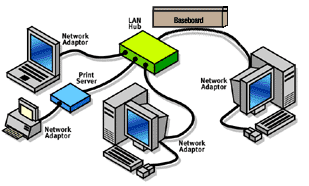
The Principles of Network Design – Part 2
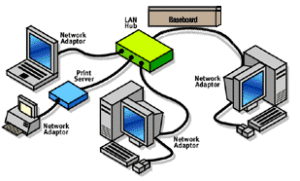 As discussed in Part 1, the Top-Down Approach for network design provides several advantages, especially when its implementation is business-driven. Part 2 will cover the topics of Top-Down Logic and Scope of Design.
As discussed in Part 1, the Top-Down Approach for network design provides several advantages, especially when its implementation is business-driven. Part 2 will cover the topics of Top-Down Logic and Scope of Design.
Top-Down Logic
The top-down network design approach is capable of utilizing top-down logic in conjunction with the process of Preparation, Planning, Design, Implementation, Operation, and Optimization (PPDIOO) as summarized by the following bullet points:
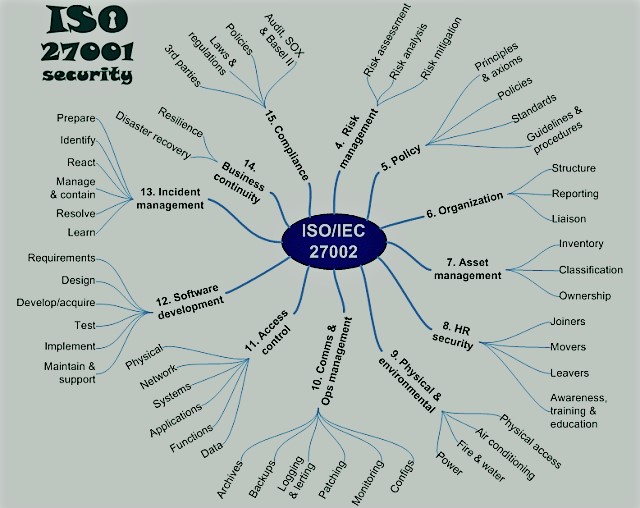
The Principles of Network Design – Part 1
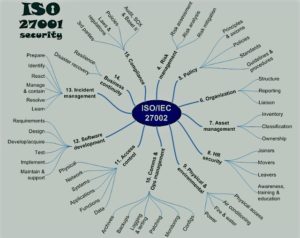 Today’s network design must be capable of providing the technical requirements of expanding and evolving IT and business demands. As a result, the task is growing in complexity and difficulty for both service providers and enterprises. The challenge is even steeper when dealing with a legacy infrastructure that must be upgraded for the adoption of newer technologies. In order to succeed, a network design may use either of the two structured approaches discussed below.
Today’s network design must be capable of providing the technical requirements of expanding and evolving IT and business demands. As a result, the task is growing in complexity and difficulty for both service providers and enterprises. The challenge is even steeper when dealing with a legacy infrastructure that must be upgraded for the adoption of newer technologies. In order to succeed, a network design may use either of the two structured approaches discussed below.
Top Down
As it simplifies the process, the top-down design approach is favored by many designers. It does so by providing more control by dividing tasks to directly aim at the scope of the design, assisting designers by letting them view solutions from the perspective of the enterprise.
Bottom Up
On the other hand, the bottom-up design approach initially chooses network technologies and design models. Unfortunately, this greatly increases the risk of design failures due to the greater possibility the network will not be able to provide the needs of the application or business.
Business Driven
An emphasis on a business-driven approach will greatly improve the prospect of attaining a strategic design that will be a success for an enterprise. This is achieved by making both business and technical objectives the central focus of network design. The following will illustrate how a Business Requirement will guide a respective IT & Network Strategy as laid out by the bullet points below:
Business Requirement IT & Network Strategy
- Cost Efficiency Consolidate and virtualize networks.
- Flexibility Make design responsive and adaptable.
- Industry Compliance Ensure compliance with industry standards.
- Continuity of Business Design resilient services and networks.
- Access Control Maintain confidentiality throughout network.
Compliance
Enterprises commonly practice strict compliance with industry standards to secure advantages for their businesses. For example, compliance with ISO/IEC 27001 Information Security Management raises the reputation of a financial services company by reducing the number of security breaches. In addition, its operational costs from downtime are minimized.
Part 2 will cover the topics of Top-Down Logic and Scope of Design.
Progressive Office Cabling
Founded in 1986, Progressive Office’s success has been a direct result of years of commitment to seeking solutions on behalf of our clients in the Washington, D.C. and New York City areas. Efficiently working together, Progressive teams get cabling installed and operating as fast as possible while minimizing disruption and downtime. Call our toll free number (800) 614-4560 today.
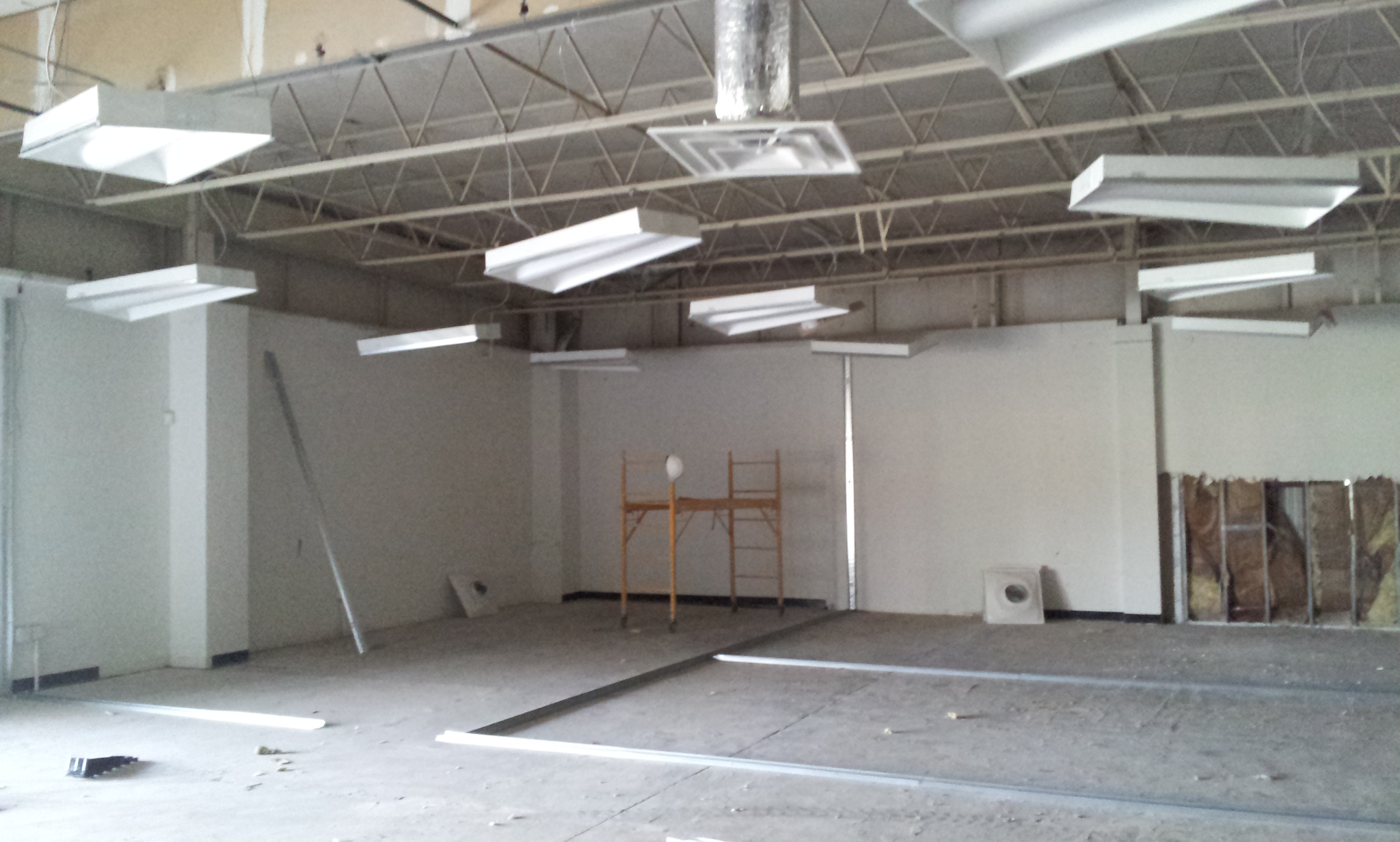
Get a Site Survey Before Cabling Installation
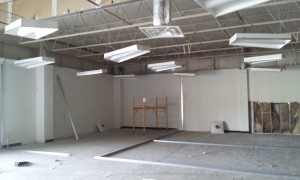 During the process of selecting a cabling installation company, you will meet with candidate contractors at the new office space. Each visit will typically be a free consultation as each contractor they will make a site survey in order to make an evaluation and prepare a quote for the project. Below are items and information a business owner should be ready to provide to make each site survey as efficient and productive as possible.
During the process of selecting a cabling installation company, you will meet with candidate contractors at the new office space. Each visit will typically be a free consultation as each contractor they will make a site survey in order to make an evaluation and prepare a quote for the project. Below are items and information a business owner should be ready to provide to make each site survey as efficient and productive as possible.

Why Structured Cabling is Important for Business Phones
 If your organization is considering a new VOIP (Voice Over Internet Protocol) system, you should think about the structured cabling system needed to support it and maximize its potential. The following summarizes the advantages your digital phone system will have with a well-designed structured cabling system.
If your organization is considering a new VOIP (Voice Over Internet Protocol) system, you should think about the structured cabling system needed to support it and maximize its potential. The following summarizes the advantages your digital phone system will have with a well-designed structured cabling system.
Decreased Noise
CAT 6 and CAT 6A cable provides more noise reduction than older cables. Fiber optic cabling is even better. Less noise resistance results in more static and faulty connections during phone conversations. Higher levels of noise also decrease network speed because the system is forced to retransmit data until it is no longer corrupted. Although purchasing lower quality cable saves money in the short run, it may result in long term business losses because of slower response times and annoyed customers.
Lengthened Runs
Higher quality cable will be capable of supporting longer runs that are free of artifacts and errors. Fiber optic cables are not restricted by the length of runs. It is the superior option for a data center or business telephone system because of its excellent noise resistance and high speed. Although second choices, CAT 5e to CAT 6A cabling are capable of supporting runs to 100 meters without noise. Cables that can support long runs provide greater flexibility for layouts, decreasing the need for data hubs or repeaters and increasing reliability.
Maintenance Savings
CAT 5e, CAT 6, and fiber optic cables are highly dependable. However, if they ever become faulty or the network needs to be reconfigured, a structured cabling system that is well organized and diligently marked will save time spent on maintenance. While a company’s network is down, business may be impacted, resulting in lost revenue. Tracing faults is made much easier by a sound structured cabling system.
Transmission Speed
Business is often time-sensitive, and you will want to use the highest quality cable your company can afford. CAT 6A cable is capable of supporting a maximum of 10 Gigabits per second while CAT 5e can only achieve 100 mbps. Older, less capable cables are not recommended because their slow data transmission and high noise levels cannot meet current VOIP demands.
Progressive Office Cabling
Founded in 1986, Progressive Office’s success has been a direct result of years of commitment to seeking solutions on behalf of their clients in the Washington, D.C. and New York City areas. Efficiently working together, their teams get cabling installed and operating as fast as possible while minimizing disruption and downtime. Call their toll free number (800) 614-4560 today.


